
If you find this article useful, please create an account to become a member, it's free. When you share your information we use it anonymously to refine the summaries we provide to be more representative and applicable to your specific part of the world. In addition, when you sign up as a member, you will be able to view your information in the context of the data that we have aggregated, analyzed, and modeled based on information shared by others, just like you, all around the world.
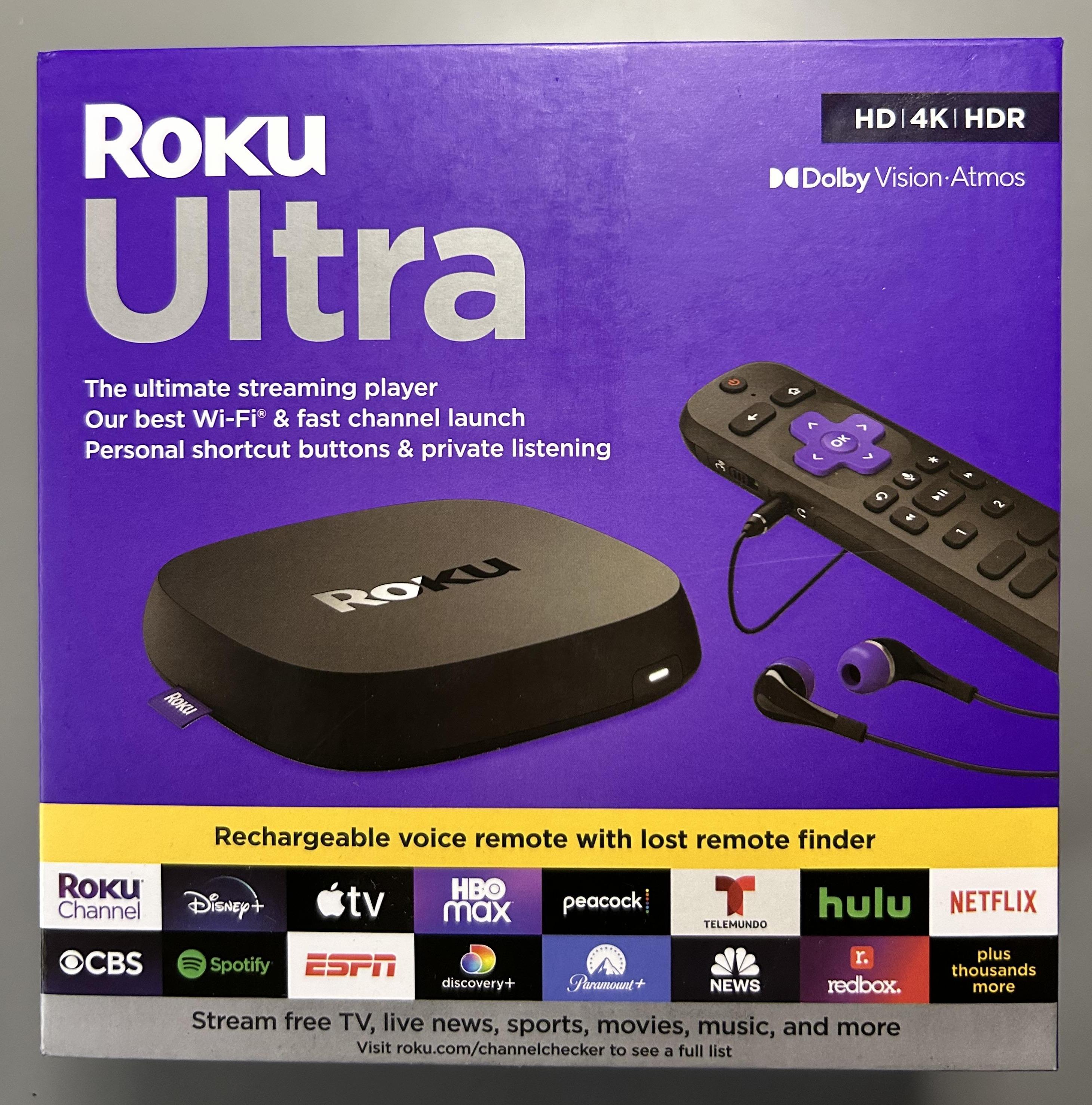
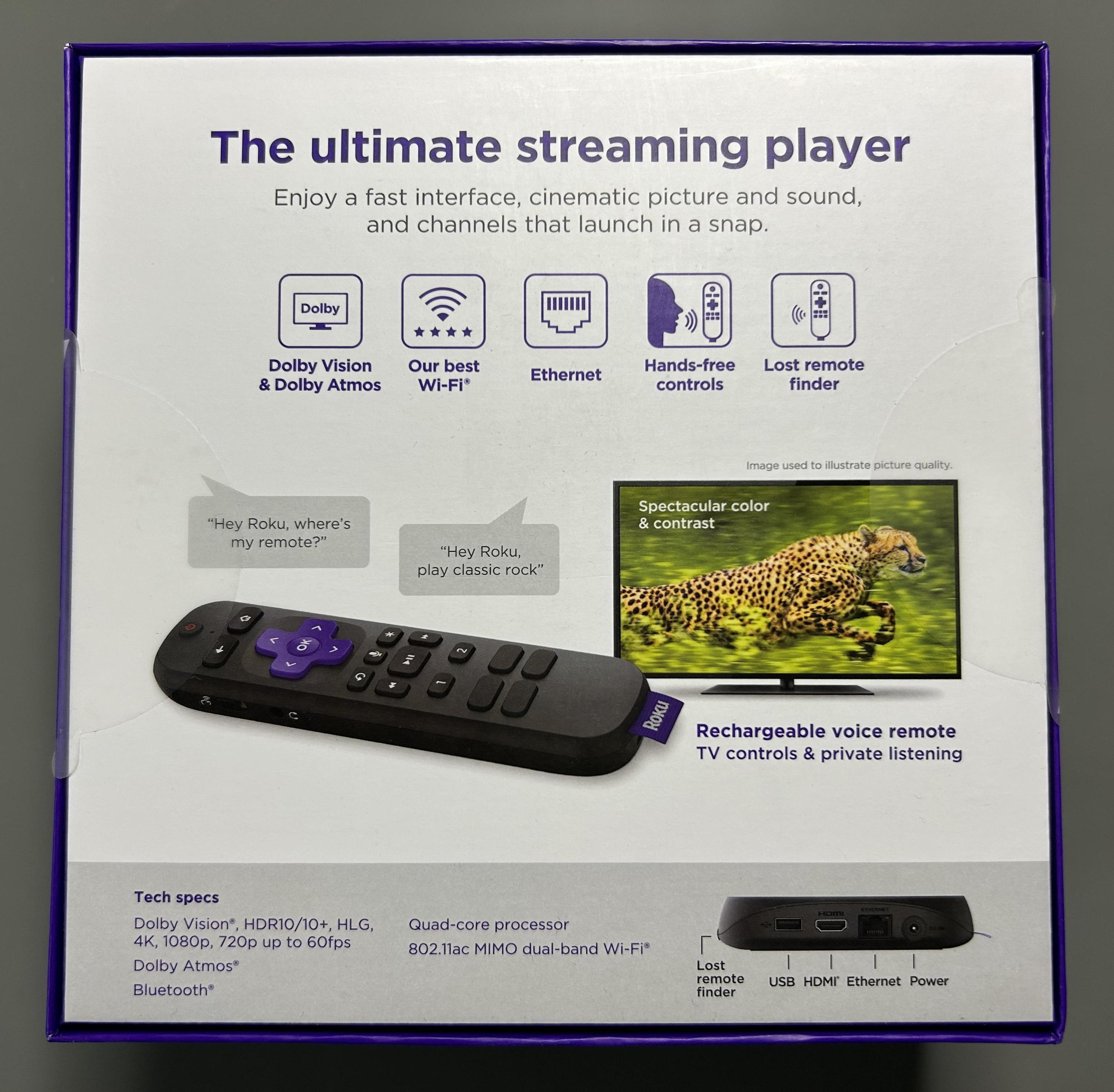
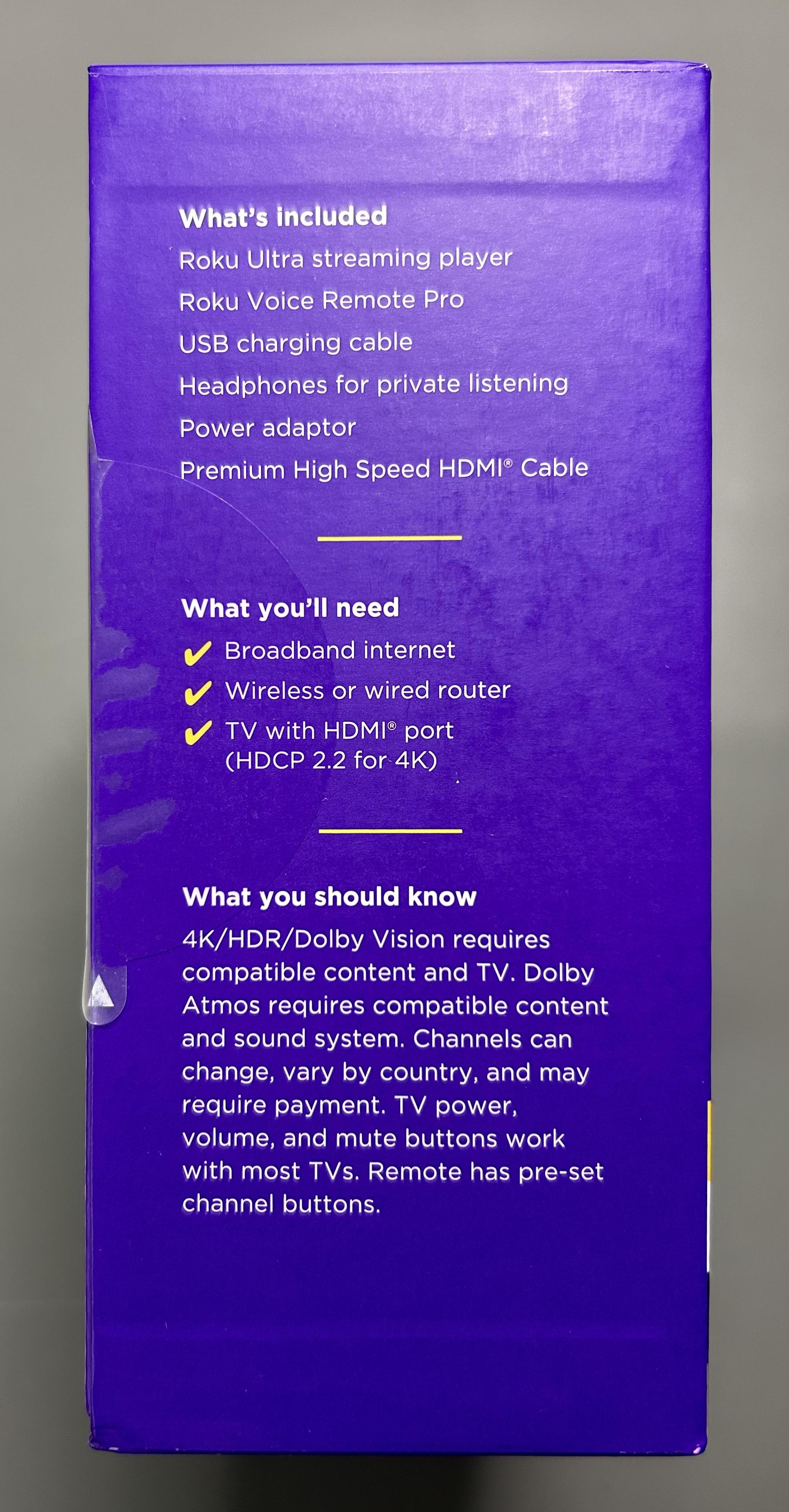
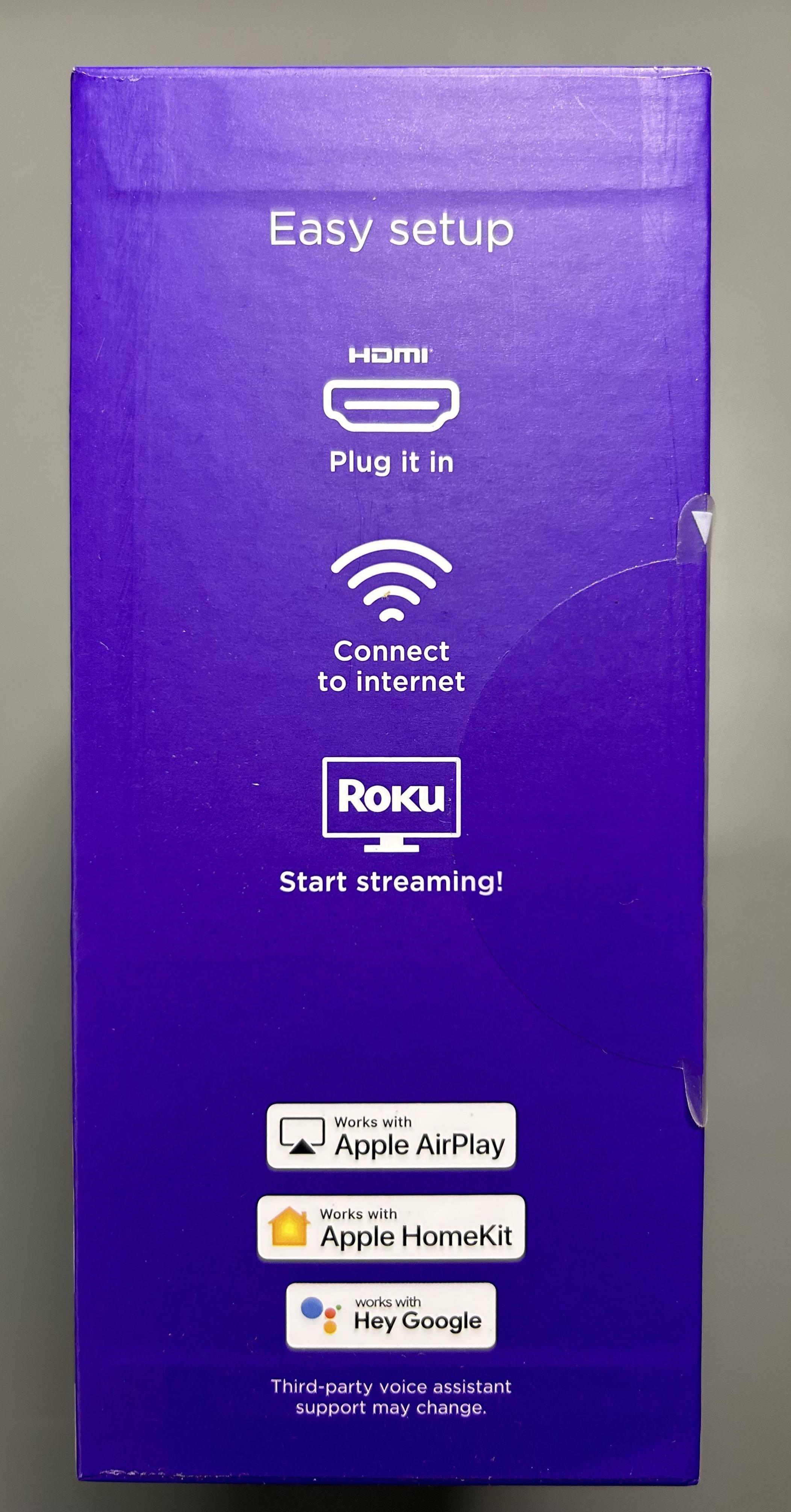
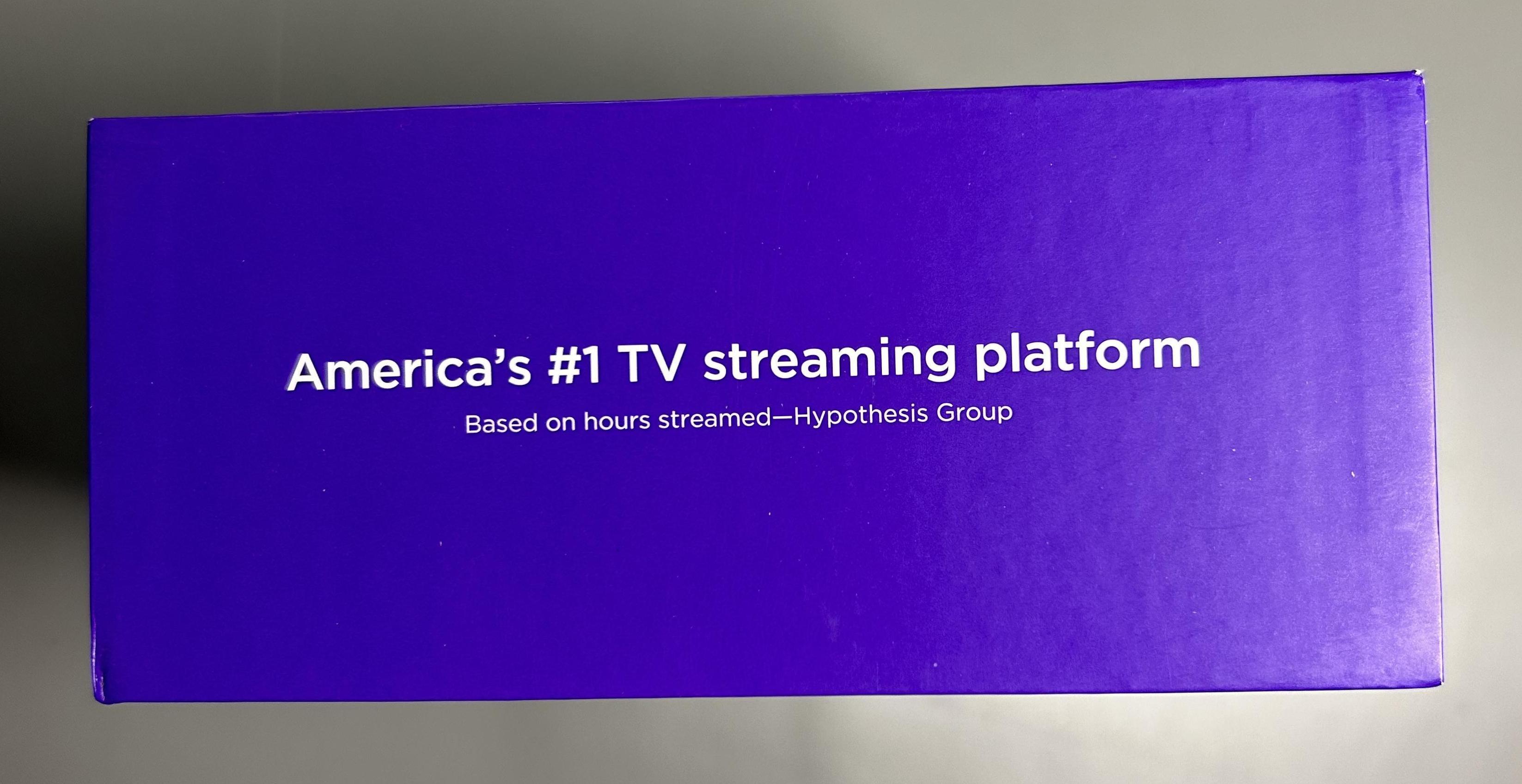
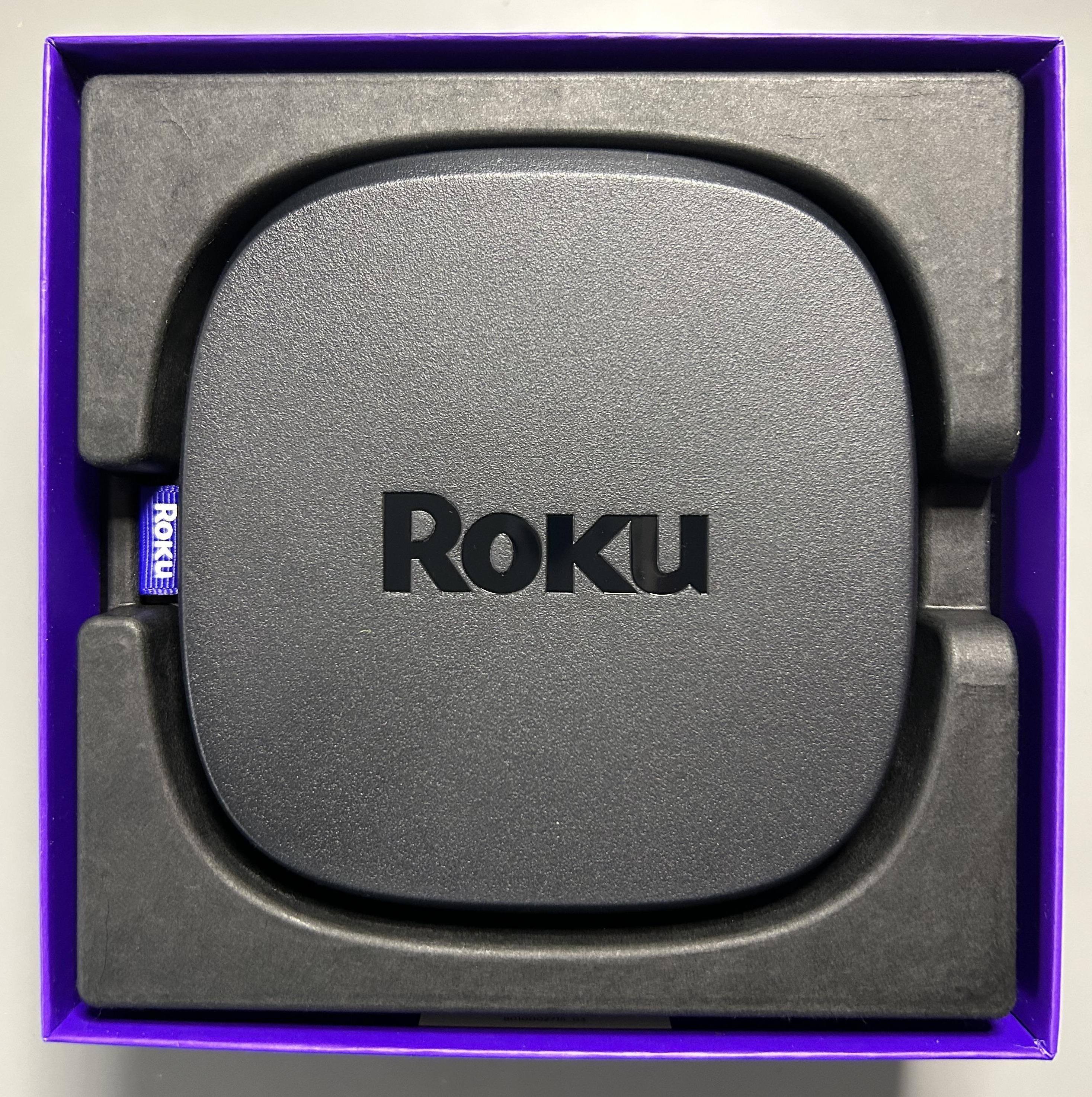
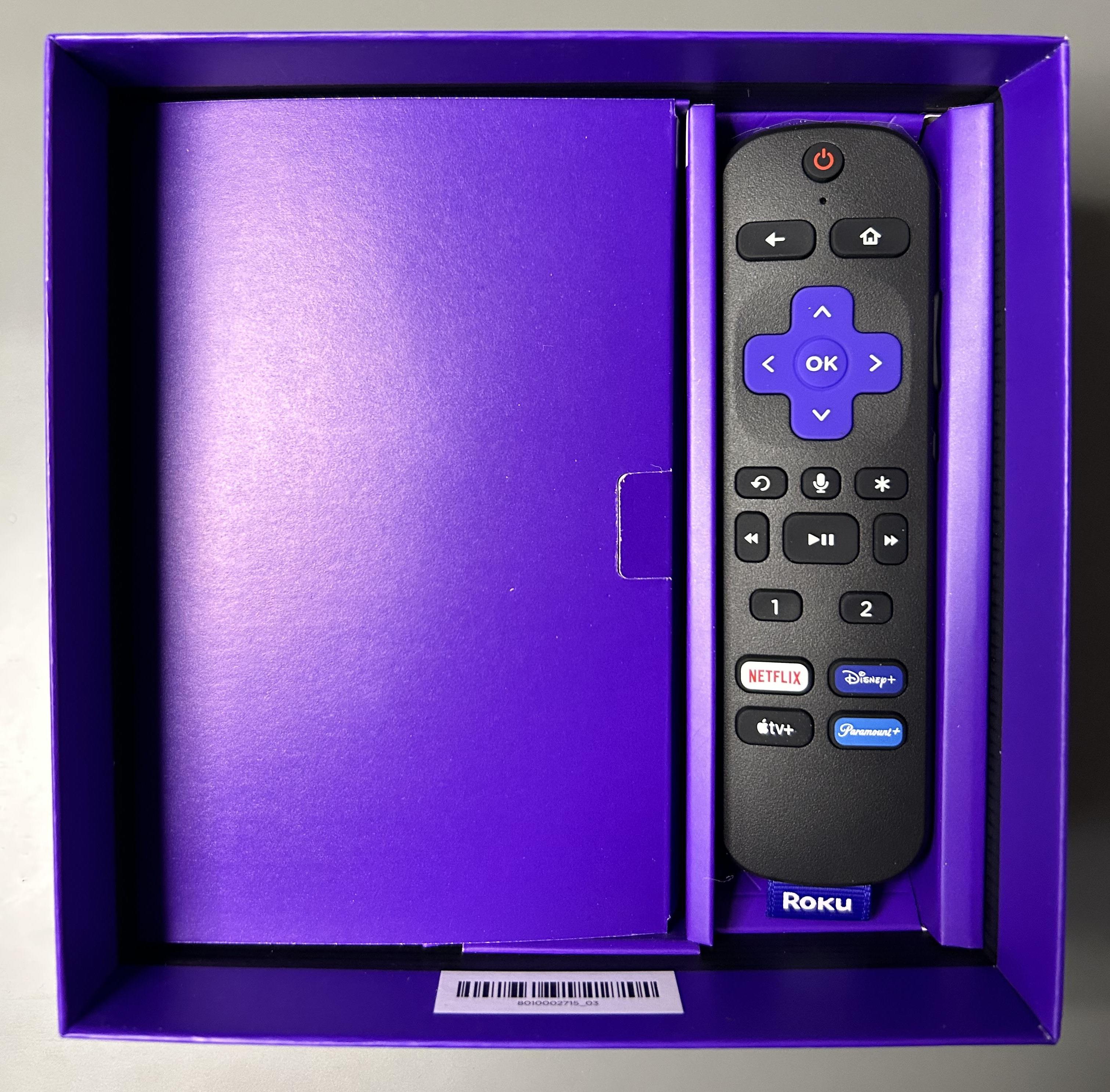
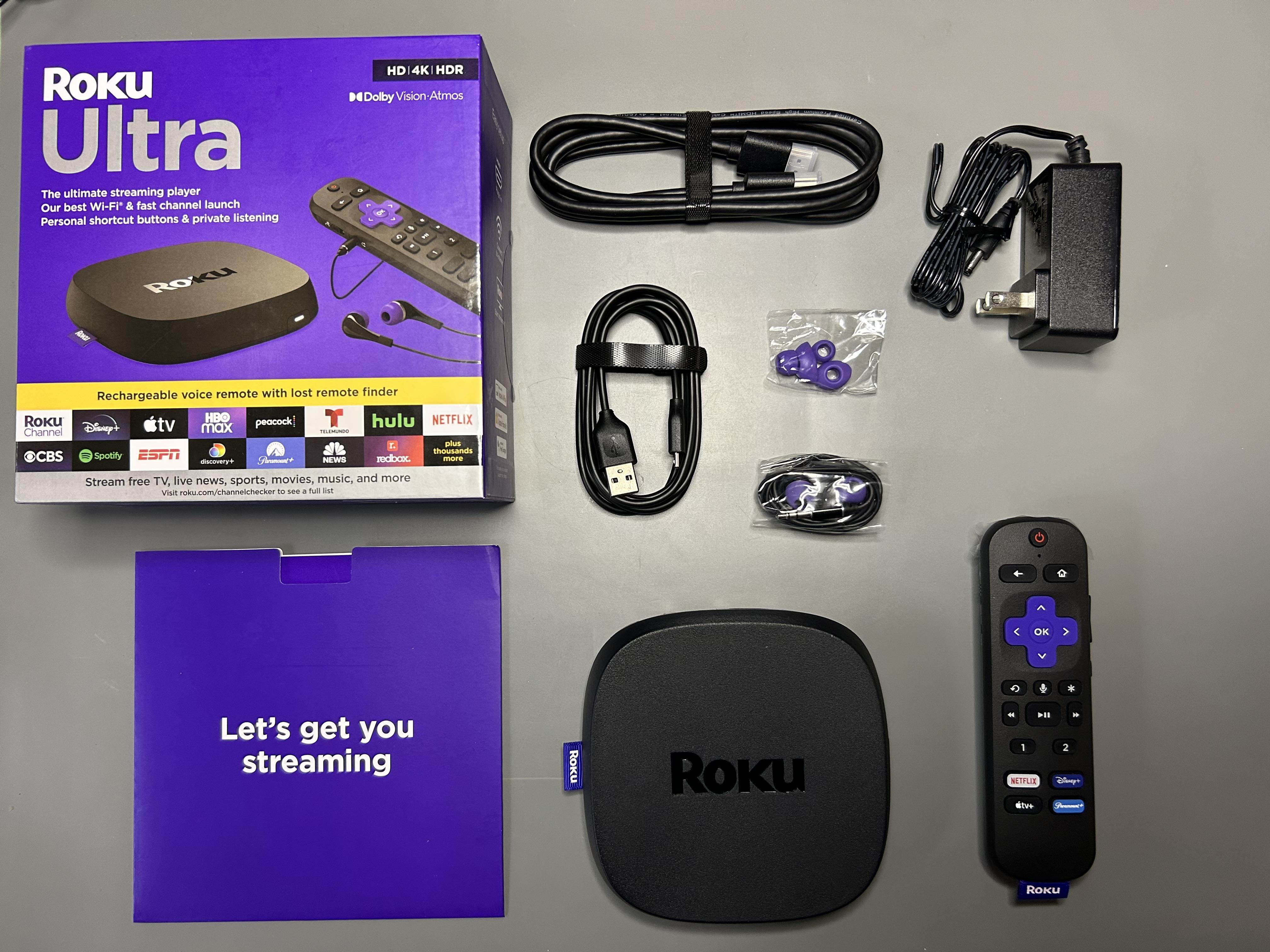
Roku's mission is to be the streaming platform that connects and benefits the entire TV ecosystem worldwide. As such, it is a premier manufacturer of streaming players. Below is a review of the Roku Ultra, a streaming player that supports TV, movie and audio streaming.
Broadcast television began in the 1930s with only a few channels. Broadcasting means TV shows are transmitted from large, powerful transmitter towers. The broadcast signal is picked up at homes using a low-cost local antenna. Antennas are usually mounted high for a clear line of sight to the transmitter for the best picture quality. Broadcast lends itself to a one-to-many distribution model with limited channels and communication in one direction. Adding new homes is relatively cheap since the signal is already transmitted widely. There are issues in some areas that are in the shadow of obstructions like hills or buildings, which can mean poor or no television service.
In the late 1940s, communities with poor broadcast TV signals began to be served by a large local antenna often sited at the local high point, with the received signal redistributed through cables directly to homes. This was the advent of cable television, as people paid for access to television. The TV service was called Community Antenna Television (CATV).
With the invention of satellites in the 1950s, it became possible to relay television channels to a satellite to broadcast to a wide area from high altitude. Transmitting from a higher position also reduces the shadow of obstructions like hills, allowing more customers to be serviced.
The name set-top box (STB) came from the unit sitting on top of a TV or at least alongside it. It converts the incoming TV signal to be shown on many different types of TV. It also usually allows channel selection, TV guide, and audio outputs that can be connected to separate amplifiers and speakers. The STB would also validate whether the customer had paid for the service. The STB was integral to delivering cable TV and satellite TV into homes.
A Digital Video Recorders (DVR) or Personal Video Recorder (PVR) is a device that records video to a storage device, e.g., hard disk drive (HDD), SD memory card, solid state disk (SSD) or a network attached storage device (NAS). They were first available in 1999, making it possible to record TV shows in good digital quality and to timeshift the start of a show, a feature that a video cassette tape recorder (VCR) could not do.
Initially, the STB and DVR were separate devices. Eventually, most cable and satellite TV providers merged the STB and DVR features into a single device, which they provided to customers as part of their service subscription.
With increased adoption of broadband internet services to homes, providing TV, movies, and video directly to consumers became possible using the Internet Protocol (IP). Streaming audio and video players connect to content providers directly using the internet and transform the streamed content into a form to display on many types of TV, home cinema, and audio equipment.
Streaming opened up commercial opportunities for consumers to pay directly for the content they wanted without an intermediate cable or satellite TV provider. Switching from traditional cable and satellite TV providers to engaging directly with streaming providers became known as "cutting the cord".
Not to be outdone in the bid to engage directly with consumers, TV manufacturers have included streaming hubs inside modern TVs that allow connection to streaming service providers.
Roku, Google, Apple, Amazon.
WiFi enables video devices to be situated in almost any location within a home. Sometimes, obstructions like walls can limit the signal in certain locations. WiFi is a shared network connection, so it can be limiting if many devices are connected to the same WiFi access point.
Wired Ethernet is much less flexible about location within the home but benefits from higher speed and dedicated bandwidth that can make the connection more reliable.
https://www.roku.com/products/players
https://en.wikipedia.org/wiki/Cable_television_in_the_United_States
https://en.wikipedia.org/wiki/Set-top_box
https://en.wikipedia.org/wiki/Digital_video_recorder
We are people who share our data for our benefit. Information shared is analyzed anonymously to refine our articles and summaries and help inform us all.
We are funded by donations from people just like you who benefit from the articles and information summaries we provide free of charge. We want to keep this service free of advertising to avoid distracting everyone from the articles and information provided. Please consider donating:
Lastly, and most importantly, we are committed to keeping gender, race, ethnicity, sexual orientation, physical ability, and beliefs out of our data analysis. We will not ask for, infer, or store this information. Such facets of personal identity are too complex for even the most advanced analytical techniques to model. Therefore, conclusions derived from models using such parameters are likely wrong.